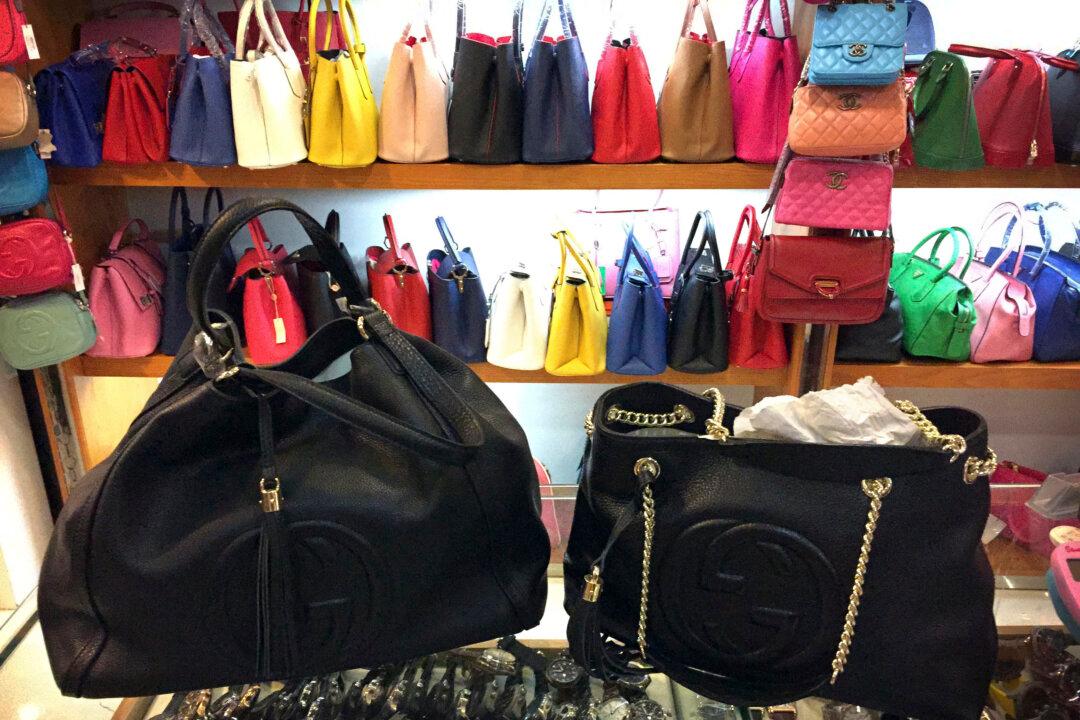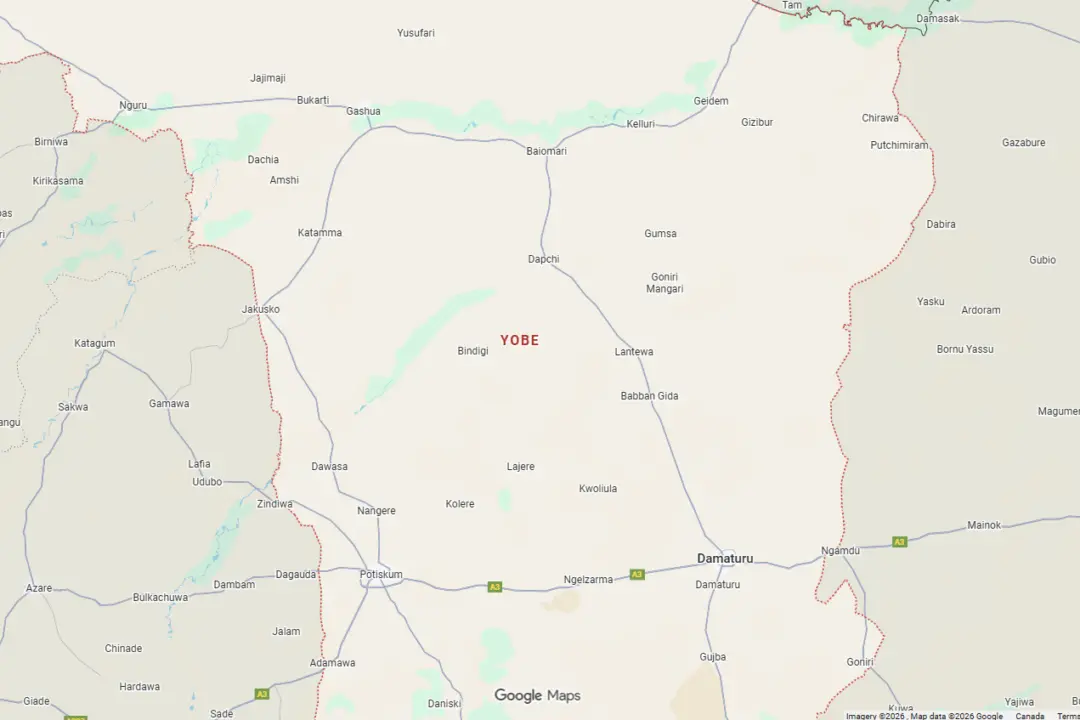SHANGHAI—Kim Sbarcea knew exactly what she wanted. She typed “Tiffany Elsa Peretti mesh earrings” into Google and scrolled through impeccable photos of the delicate $450 diamond-shaped earrings until she chanced upon a pair for—deal of deals!—$32.
The website, tiffany-outletsale.com, looked legit and Sbarcea assumed Tiffany & Co. wouldn’t let an unauthorized site use its name. Besides, she could pay by credit card.
She hit the buy button.
In that instant, on a Saturday morning in 2011, Sbarcea’s $32 was sucked from the living room of her house in Christchurch, New Zealand, into the global counterfeiting market. The money trail left by counterfeiters almost always leads to China, where banks have emerged as key conduits in an illegal industry that by one estimate is expected to be worth $1.8 trillion this year.
At least three prominent Chinese banks serve as safe havens for counterfeiters, who use them to process credit card payments for fakes or move their money around the globe, The Associated Press has found. A review of hundreds of pages of court documents from cases in the United States and China—along with interviews with lawyers, investigators, government officials and industry representatives—shows that a lack of legal cooperation between the West and China is allowing counterfeiters to use Chinese banks as financial shelters.





